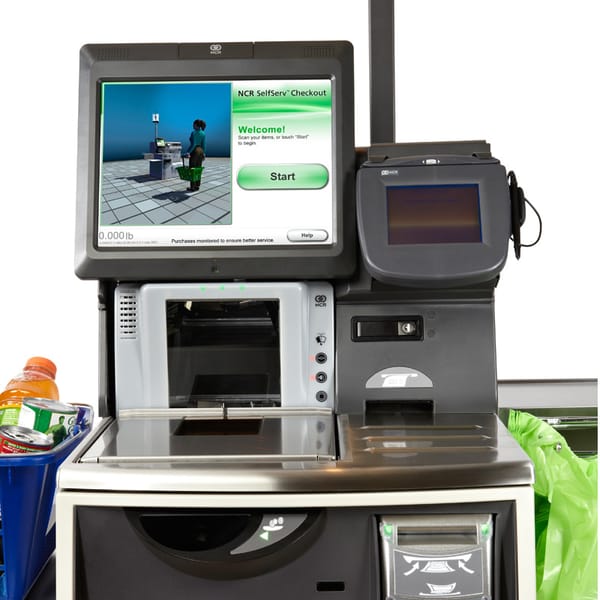Survival in a Huge Company
An off the cuff comment really resonates. That being successful requires an ability to find information that is not well structured, and to understand how people and processes work in an organization.

The genesis of this post was a tweet that I didn’t bookmark, but was to the effect that a good product manager is also a great detective
Chances are that at some point in your product management journey, you will find yourself working for a large company. By large, I mean, Fortune 500, or even bigger. Sure, some of them have oodles of documentation, and well defined processes that dictate every aspect of life.
But, even when the role(s) and processes are well documented, there is always a shadow docket of processes, and procedures. That is where you need to become a detective.
Being able to divine, and ferret out hidden repositories of knowledge, find (and befriend) the keepers of the tribal knowledge is crucial to your success.
This is doubly true for product management.
My Process
When I start a new job, I am often presented with a formal organization chart, pointed at a document management system, and burdened with formal processes. And, this keeps me busy for the first few weeks.
However, as I learn to navigate the corridors of power I soon discover hidden connections, informal flows of information and influence. And then I open my laptop and Omnigraffle and begin making the informal organization chart. The one that really documents the influencers.
I also begin to keep a file on these influencers and peers, to understand their motivations, their care-abouts, and how I can best work with them. I learned early in life to be a watcher of people with some psychological profiling, thanks to an early girlfriend, and those skills are extremely useful to me in my career.
Last, but not least, is to figure out where the working documents are. Unless you are in a highly regulated industry (banking/financial services, pharmaceuticals, government contractors, etc.) the documented process on the shelves are about 70% accurate, and there are tweaks to all the “official” processes. These can be found in file shares, in team/group stores, and other places where the latest tweaks that “work” are kept. Sure, if you get a visit from an ISO auditor, you reach for the shelf. But day to day, you get the job done with a wink and a nod, trying to be not too far from the norms to trigger a non-compliance.
nota bene: do not ever do this wit finance, taxes, expenses, or other documented processes that have legal repercussions to the organization. It doesn’t matter if “everyone” is skirting the process. This can go seriously wrong.
What makes Product Different?
This whole “figure out the real org structure” is not unique to product. However, most peers that I have worked with view this “insider knowledge” as top secret, and their inside track to career advancement and security.
I, on the other hand, am wide open with it. I share it often, and to anyone it might benefit. Over time, this make you a valuable asset to people, that they know that you can be trusted to deliver the goods, that you aren’t seeking advantage.
And that grows the one attribute that you can’t buy – trust. This is why I describe product management as being the hub in a bicycle wheel. We balance many threads of influence and power groups, keeping all the forces in check, the wheel true, and the bicycle moving smoothly.
Trust is how we make that happen, and keep the stasis.
One way to do that is to figure out the internal structure and repositories. And how you do that is to be an outstanding detective, sniffing out the good stuff.



